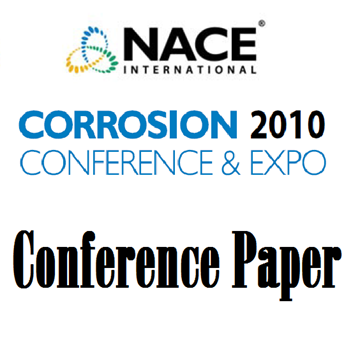Search
96504 PITTING CORROSION BEHAVIOUR OF 316L STAINLESS STEELS IN TROPICAL SEAWATER
Also Purchased
08254 External Pitting and Crevice Corrosion of 316L Stainless Steel Instrument Tubing in Marine Environments and Proposed Solution
Product Number:
51300-08254-SG
ISBN:
08254 2008 CP
Publication Date:
2008
$20.00
10305 316 Stainless Steel Instrument Tubing in Marine Applications
Product Number:
51300-10305-SG
ISBN:
10305 2010 CP
Publication Date:
2010
$20.00
99320 CREVICE AND PITTING CORROSION BEHAVIOR OF STAINLESS STEELS IN SEAWATER
Product Number:
51300-99320-SG
ISBN:
99320 1999 CP
$20.00




